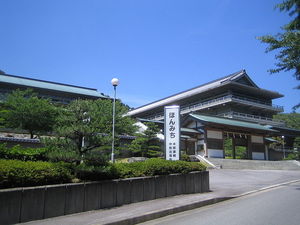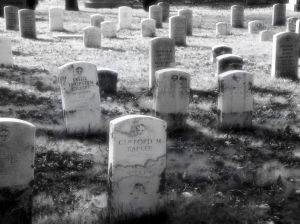Thomas Friedman Suggests Level Economic Playing Field in ‘The World is Flat’
The TV screen blares, “SPECIAL NEWS REPORT,” then a reporter, holding a hand to his earpiece, begins. “This news flash has just come in from New York Times columnist Thomas Friedman: the world is flat.” I repeat, “the world is flat.” Stepping closer to the TV set, making sure we heard it right, we’re shaken ...


